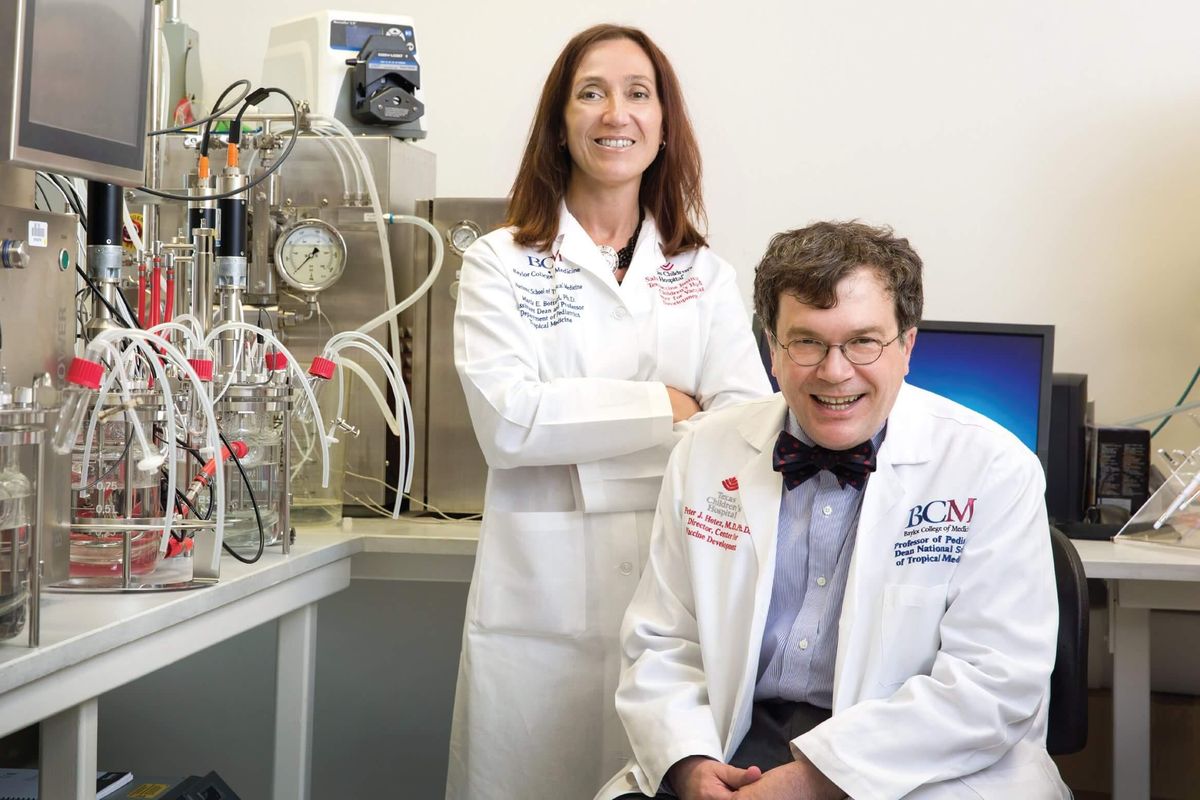Houston-based real estate giant enters the coworking space with 2 locations and more in the works
Hines²
Houston-based real estate investor and developer Hines Interests LP is eyeing a piece of the burgeoning market for coworking space.
Hines just unveiled Hines², a platform for flexible office space at Hines-owned buildings. Hines² already is up and running at two locations: 717 Texas, a 33-story Class A office tower in Houston, and The Kearns Building, a 10-story office building in Salt Lake City.
Justin Boyar, director of market analytics at CoStar Group, a provider of commercial real estate data and analytics, points out that the two Hines buildings where Hines² has launched had vacancy rates of 48.6 percent (717 Texas in Houston) and 32.4 percent (Kearns Building in Salt Lake City) in the third quarter of this year.
Landlords like Hines increasingly are incorporating coworking into their office buildings "as a way to creatively entice tenants to buildings otherwise suffering high vacancy rates," Boyar says.
"Office landlords have been under siege this cycle by new space utilization trends — including increased density and efficiency, open floorplates, remote work, hoteling, and coworking," he says. "Office landlords now not only have to compete with structurally shrinking office demand but also with coworking providers who now offer hotel-like amenities and programming."
On the horizon are Hines² setups in markets such as Atlanta, Boston, Denver, New York City, the San Francisco Bay Area, and Washington, D.C. Eventually, Hines plans to enter other markets in North America, South America, Europe, and Asia.
New York City-based Industrious, a provider of flexible workspace, is Hines' operating partner for the new venture. Industrious runs more than 80 flexible-workspace sites in more than 40 U.S. cities. Additionally, Hines has teamed up with New York City-based Convene to provide event management and meeting services.
"Hines' workplace services offering will serve as a complement to our existing office capabilities, strengthening our position as the preferred partner for tenants and investors around the world, without changing our risk profile or leasing strategy. It's a natural extension of our vertically integrated operating model," Charlie Kuntz, chief innovation officer at Hines, says in a release.
Inside Hines properties, Industrious will operate centers known as The Square, which will supply coworking and flexible-workspace options, meeting and event services, food, beverages, collaboration areas, and community programming.
"The Square is a direct response to the changing needs of our current and future building tenants — our core customers. Hines has a 60-plus-year track record of providing superior space and service, and flexible workspace and office hospitality are a logical progression for us," Kuntz says.
In the coworking sector, Hines goes up against established players like Regus and WeWork. Working to Hines' advantage in the increasingly competitive coworking field is that it already owns the office buildings where Hines² will operate.
Coworking ventures like Hines² continue to emerge, given that flexible workspace and shared-amenity spaces are projected to make up about 30 percent of the U.S. office market by 2030, according to a forecast from commercial real estate services company JLL. Today, coworking accounts for less than 1 percent of the U.S. office market, according to CoStar.
CoStar says Regus ranks first among U.S. providers of coworking space, with about 16.8 million square feet. At No. 2 is WeWork, with 14.8 million square feet. Boyar predicts WeWork might surpass Regus by the end of 2019 to claim the No. 1 spot.
Boyar says that Regus and WeWork still dwarf other coworking providers in terms of lease space, although he notes that Hines partner Industrious is one of the fastest-growing providers in the U.S.
Nearly 47 percent of coworking occupancy in the U.S. is spread among six major office markets, according to CoStar. They are New York City; Los Angeles; Washington, D.C.; San Francisco; Boston; and Chicago.
Paul Leonard, managing consultant at CoStar Portfolio Strategy, says that although coworking is experiencing rapid growth, "it remains a small piece of the office universe and today is more of a collaborator with landlords than a competitor. That may change with time, but operators like WeWork have a far smaller share of office demand compared to other disruptors like Airbnb for hotels or Uber for rideshare and taxi services."
In Houston, coworking represents less than 0.5 percent of leased office space, or about 1.4 million square feet, according to Boyar. An estimated 190 buildings in the Houston area lease space to coworking tenants.
"Surprisingly, even this little amount of coworking space puts Houston in the conversation with the largest coworking markets in the U.S.," he says.
Boyar says it makes sense for Houston-based Hines to break into the coworking market in its hometown and elsewhere.
Hines is "seen by many industry insiders as the gold standard, so their foray into the coworking space represents an acceptance, of sorts, that coworking is here to stay," he says. "Subjectively, I think their partnership with Industrious and Convene represents formidable competition in the coworking space."
That being said, Boyar doubts Hines will embark on aggressive growth in coworking, as WeWork has. But he says Hines² "will allow them the ability to offer more flexible solutions to their tenants. If I were Hines, I would see this a risk worth taking."




















